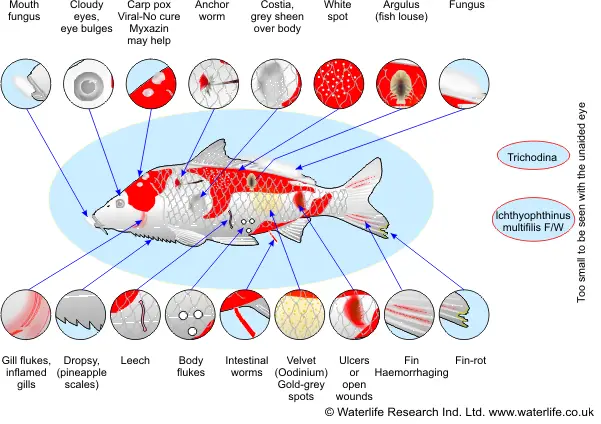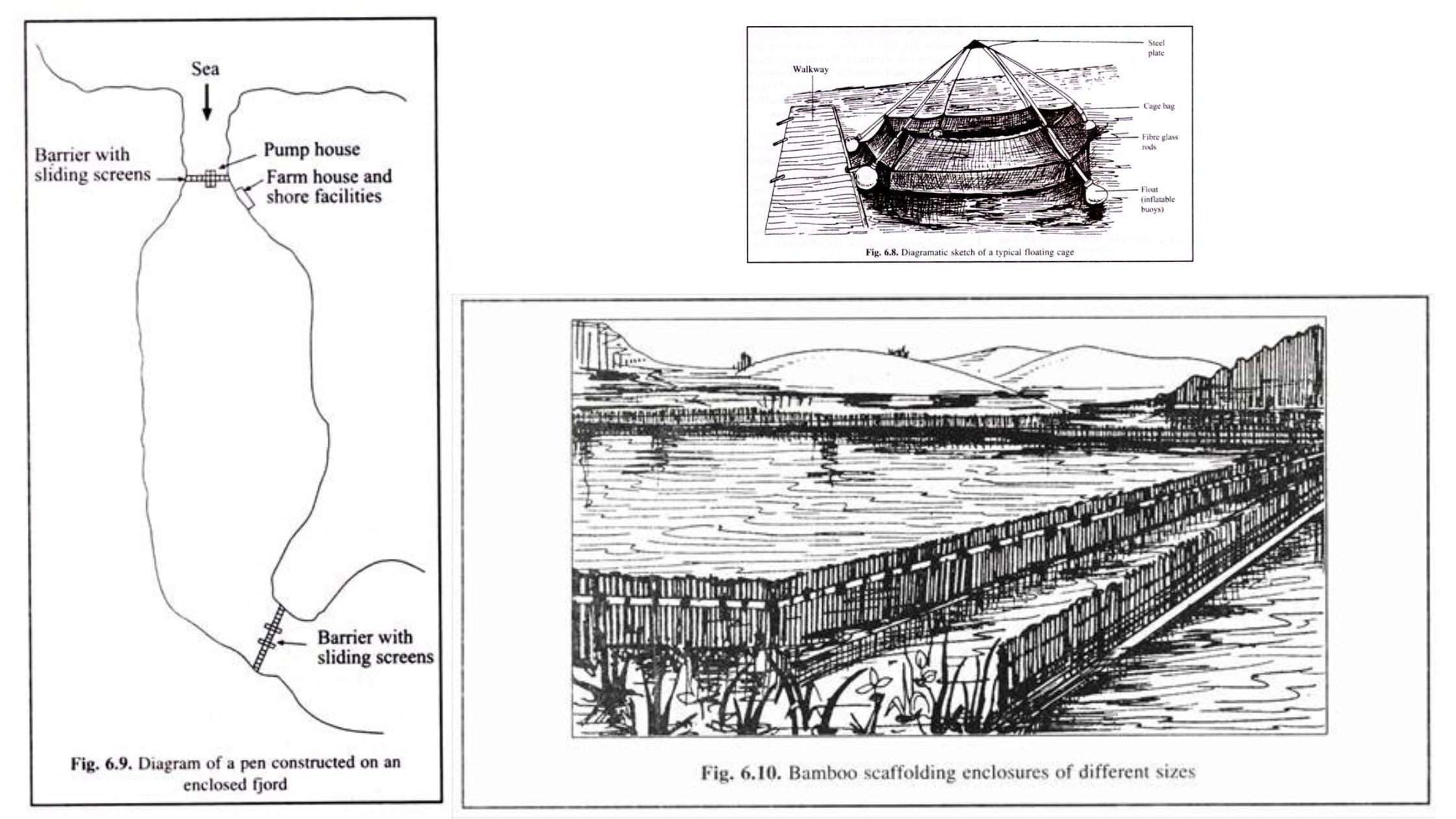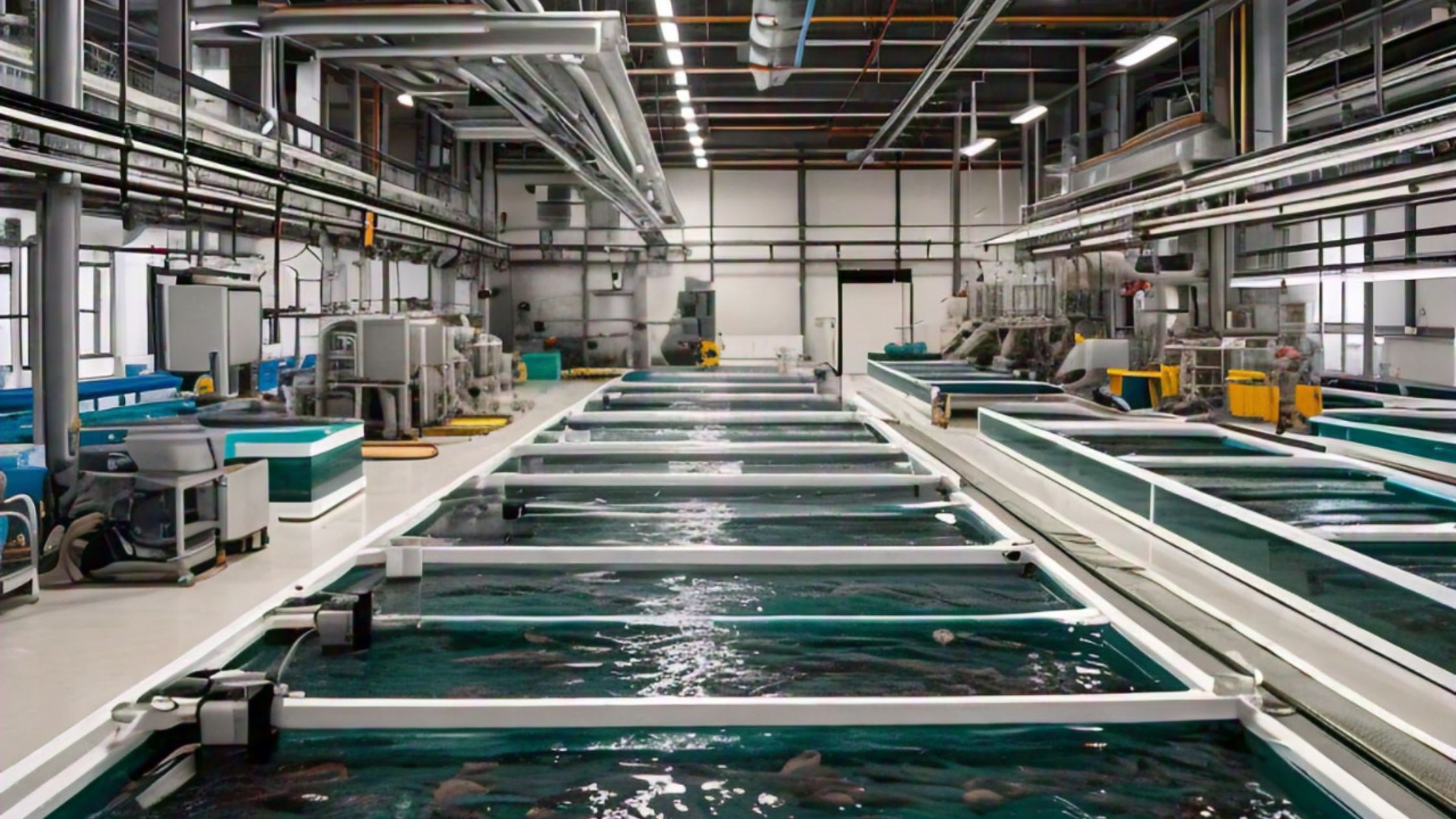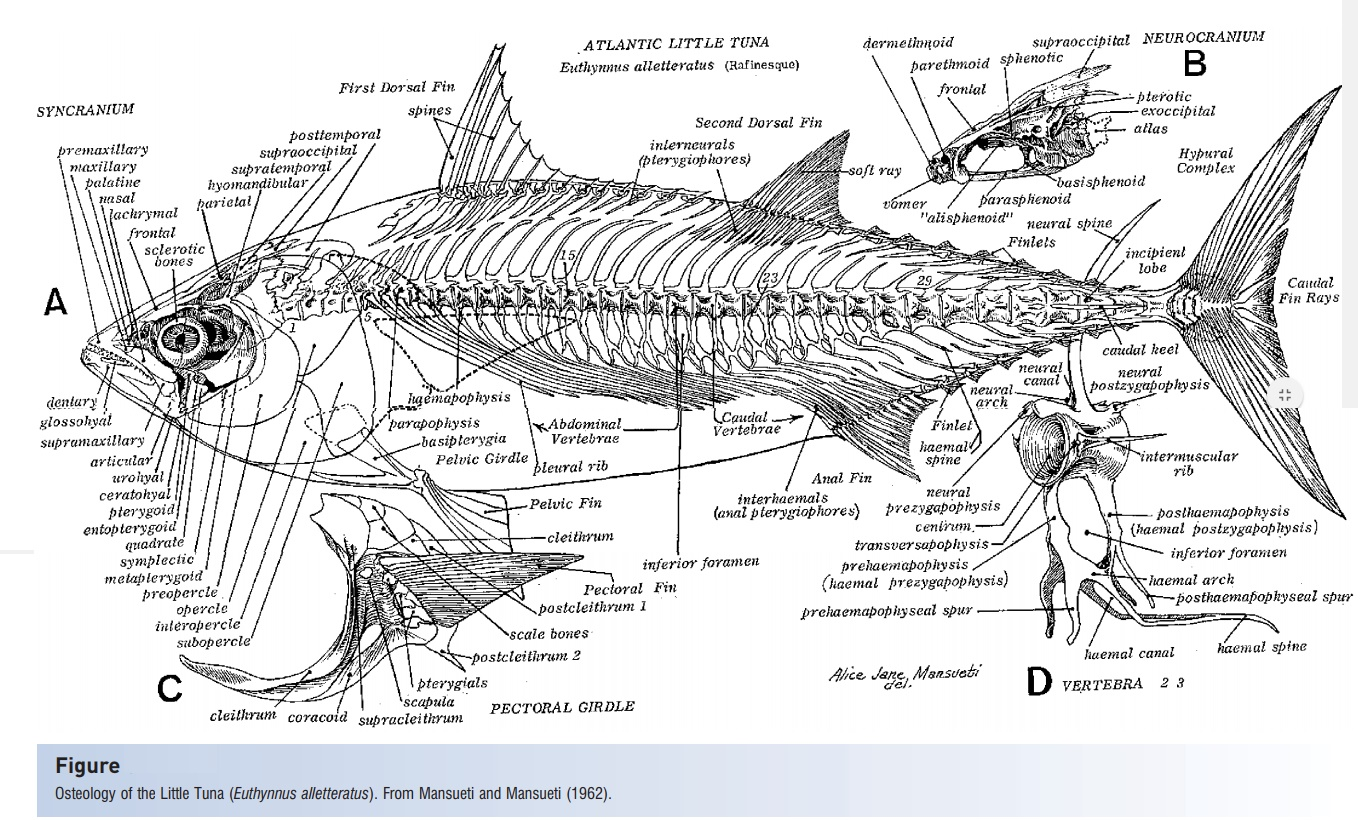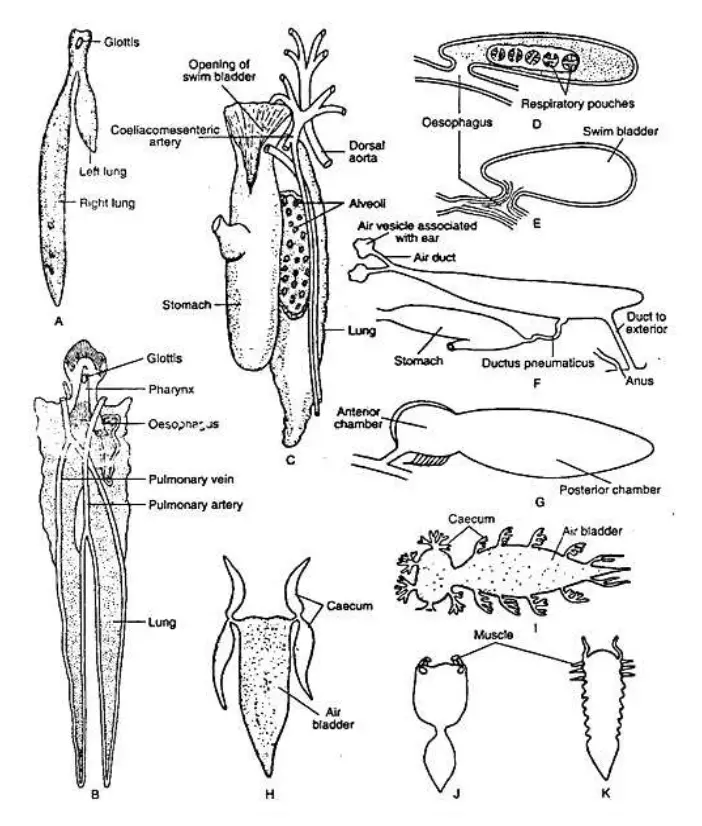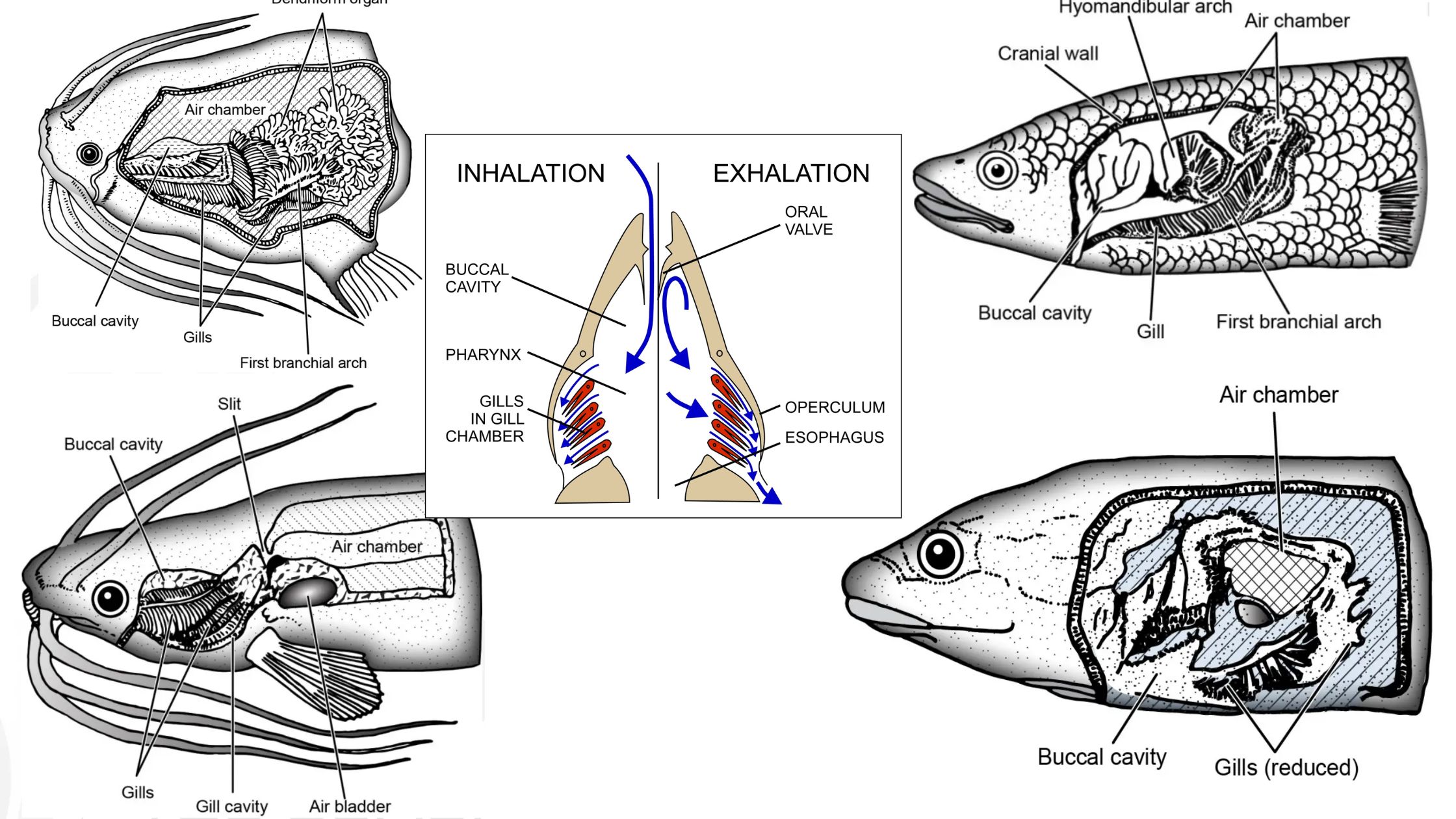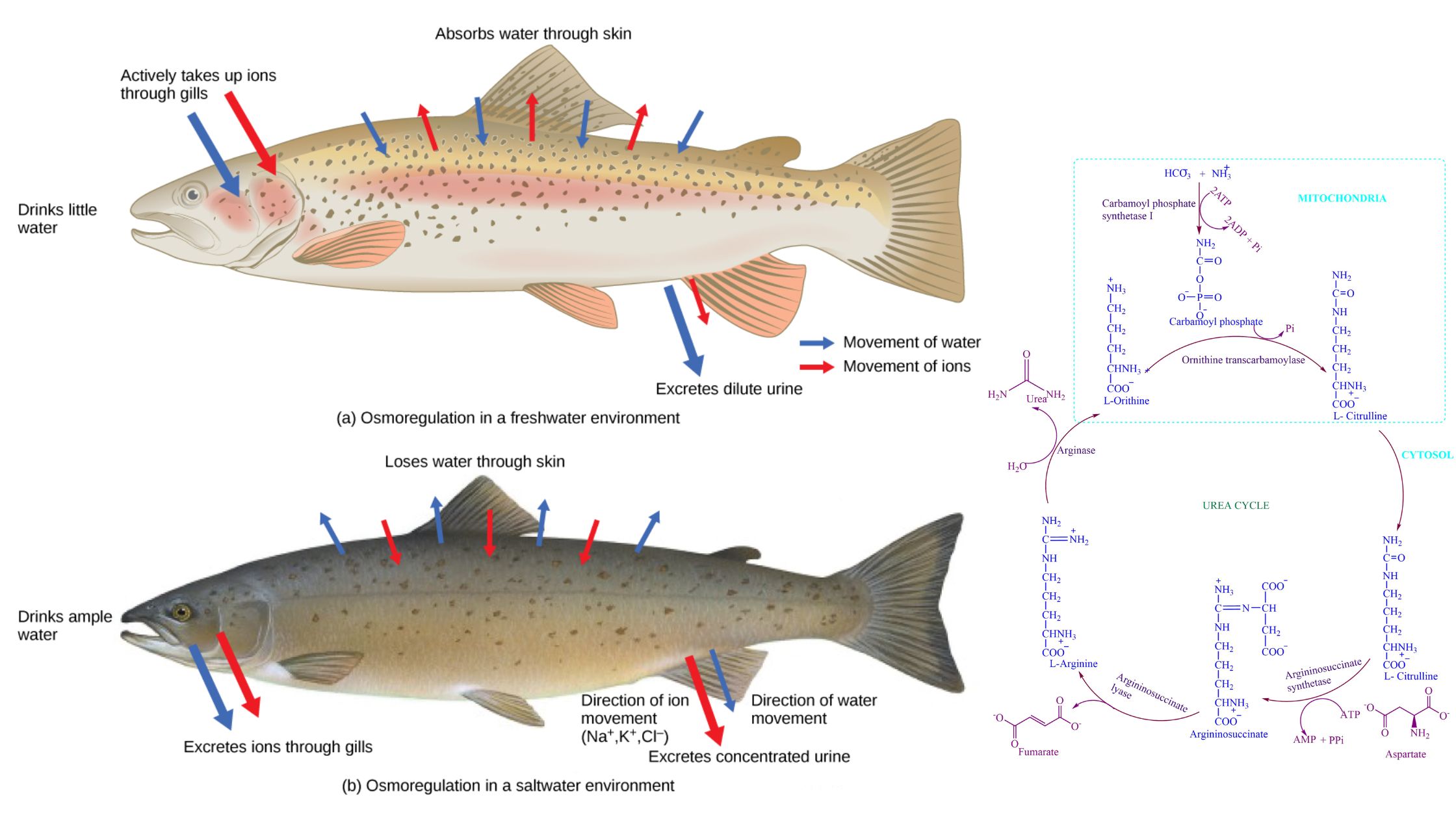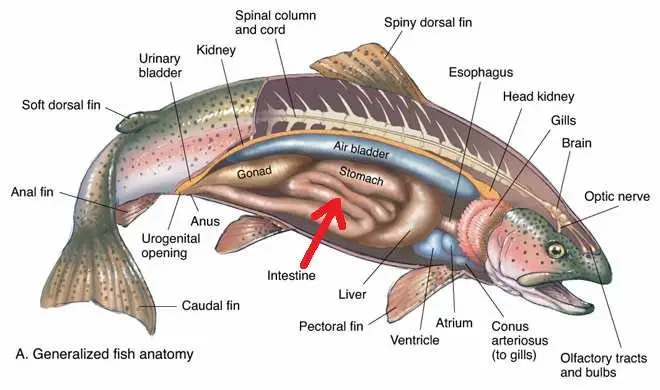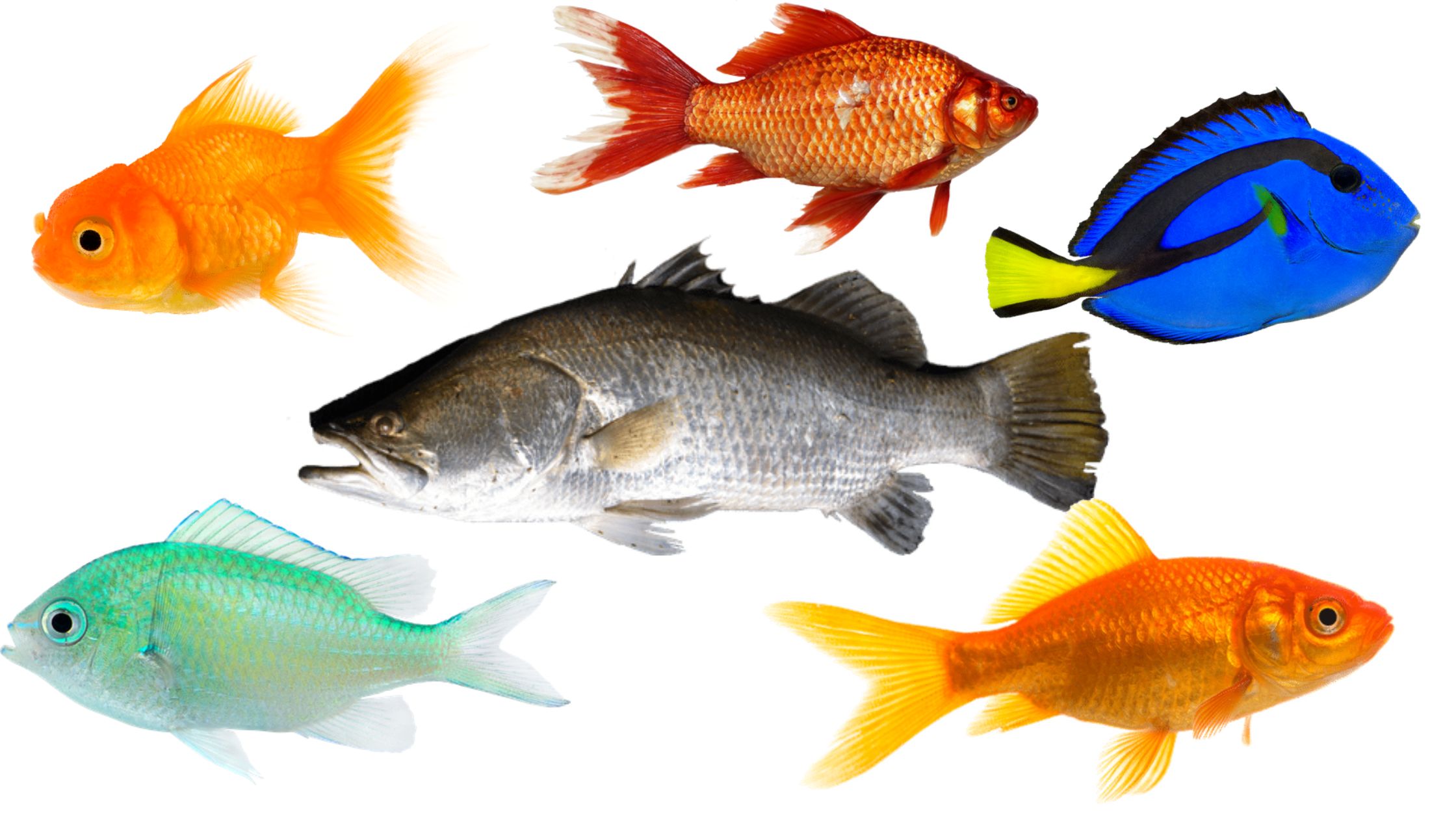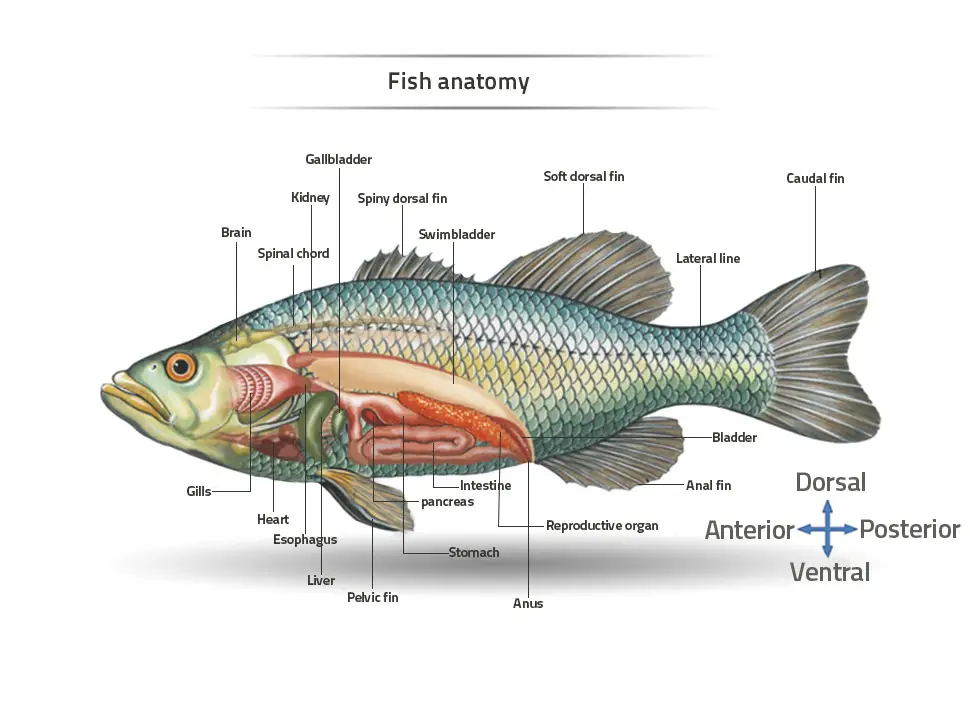Fish Diseases – Bacterial, Viral and Parasitic
Fish diseases encompass a broad spectrum of health issues that can significantly impact the well-being, growth, and survival of various fish species. These diseases can arise from multiple types of pathogens, including bacteria, viruses, fungi, and parasites, as well as environmental stressors. Bacterial diseases, caused by organisms such as Aeromonas, Vibrio, and Edwardsiella, often manifest … Read more
